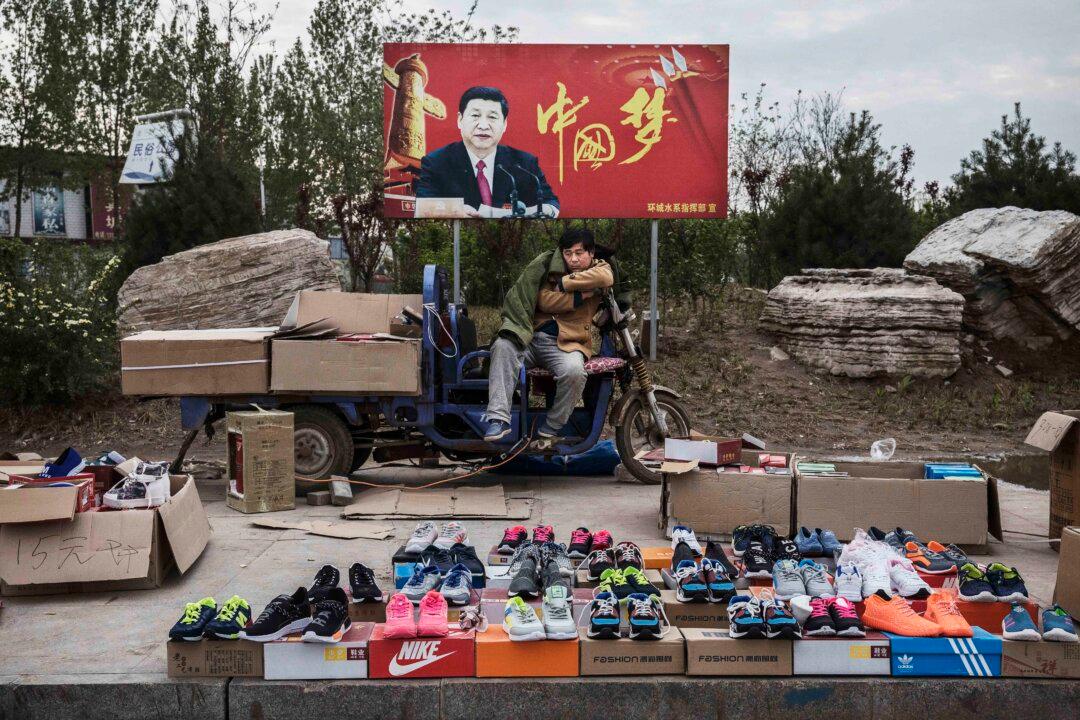Commentary
While Beijing makes diplomatic gains in Europe and the Middle East, and Washington worries over China’s growing navy, the country’s economy is losing influence, especially in the United States.

While Beijing makes diplomatic gains in Europe and the Middle East, and Washington worries over China’s growing navy, the country’s economy is losing influence, especially in the United States.